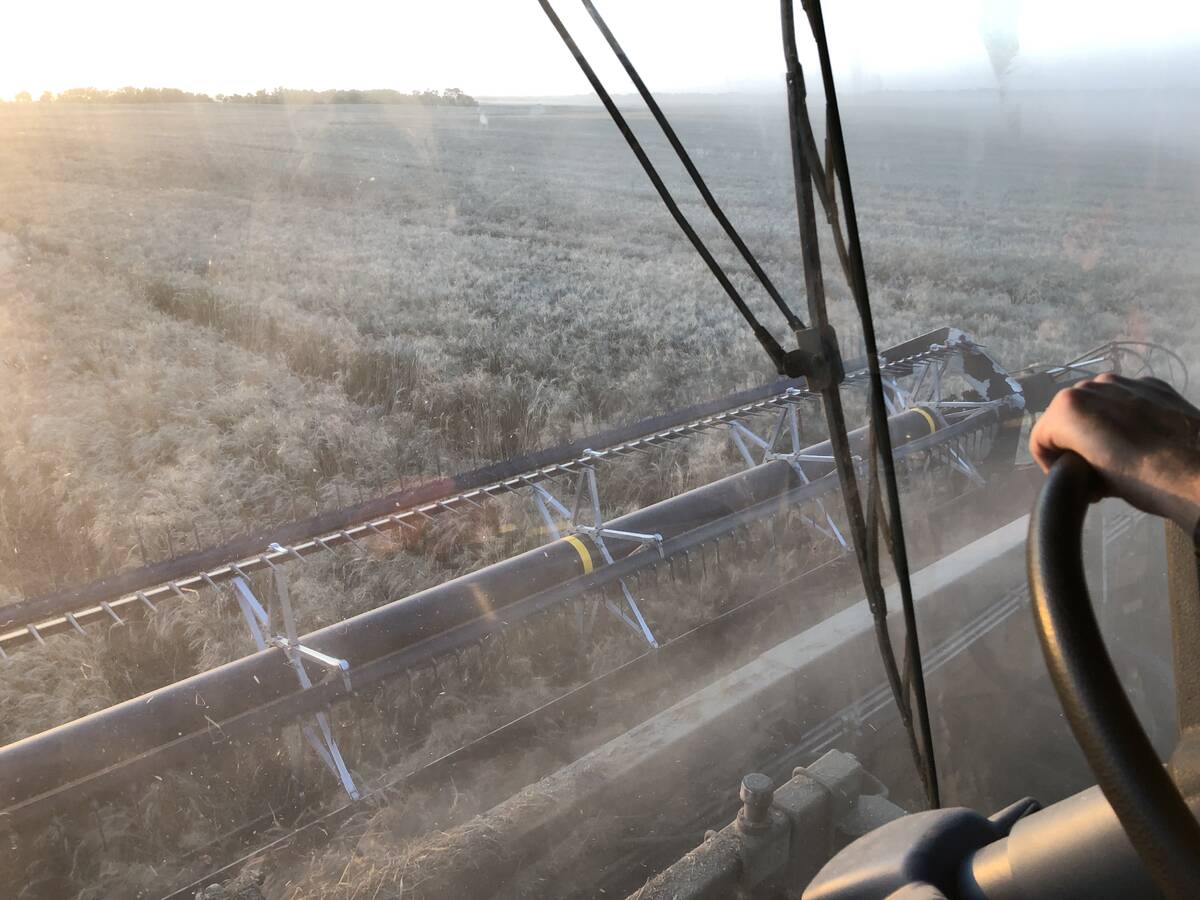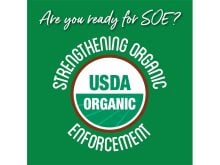Kristina Halma wanted to see more white mould sclerotinia in her beans, but hot, dry July weather in southern Alberta put a stop to most of it.
Halma, a research technician for the Farming Smarter applied research group in Lethbridge, is studying biofungicide applications in beans and canola. More mould would have been useful for her fungicide tests, but she doesn’t really begrudge its loss.
Halma told those on an Aug. 18 crop tour that Contans, a biofungicide powder that is applied to soil and incorporated, shows promise in white mould sclerotinia control.
Read Also

Mail strike disrupts grain sample delivery
The Canadian Grain Commission has asked farmers to consider delivering harvest samples directly to CGC offices, services centres or approved drop offs as Canada Post strike delays mail.
Research plots just outside Lethbridge had little white mould, but nine pulse and canola producers in the region also co-operated in the study by using Contans and another product under test called Serenade.
“So far we have had definitely some positive results with Contans,” said Halma, who is in the third year of the study and expects to continue it for another two years.
Yield increases and lower infection rates have been recorded in some canola and bean crops after Contans use. The biofungicide, which can be applied in either fall or spring, acts as a parasite to the sclerotia, invading and destroying them so they can’t form spores.
“It’s kind of a different approach,” she said, one of prevention rather than cure.
Demonstration plots received different rates of Contans and tillage ranging from no till to twice tilled.
Sclerotinia is a fungal disease that spreads via spores. Contans is also a fungus and because it is a living organism, winter survival and proper handling are issues in its use.
As for Serenade, Halma said it hasn’t proven more effective than Lance, a commonly used fungicide for sclerotinia control in beans and canola.
Ron Howard, a plant pathology researcher with Alberta Agriculture, said Contans is widely used in Europe but new to Canada. However, other weapons in the arsenal against sclerotinia are needed.
“This is a very important disease to us in southern Alberta,” he said, noting sclerotinia attacks most broad-leaf crops.
Sclerotia that carry the disease can live for several years in the soil, and its spores can be carried by wind.
Its adaptability to conditions has prevented development of any “silver bullet” for control.
“It has to be managed over time,” said Howard.
There has been little success in finding genes to introduce resistance to sclerotinia, he added.
Most measures are geared toward avoidance, such as developing more upright bean varieties to limit dense canopies that encourage disease growth.
———
none

















